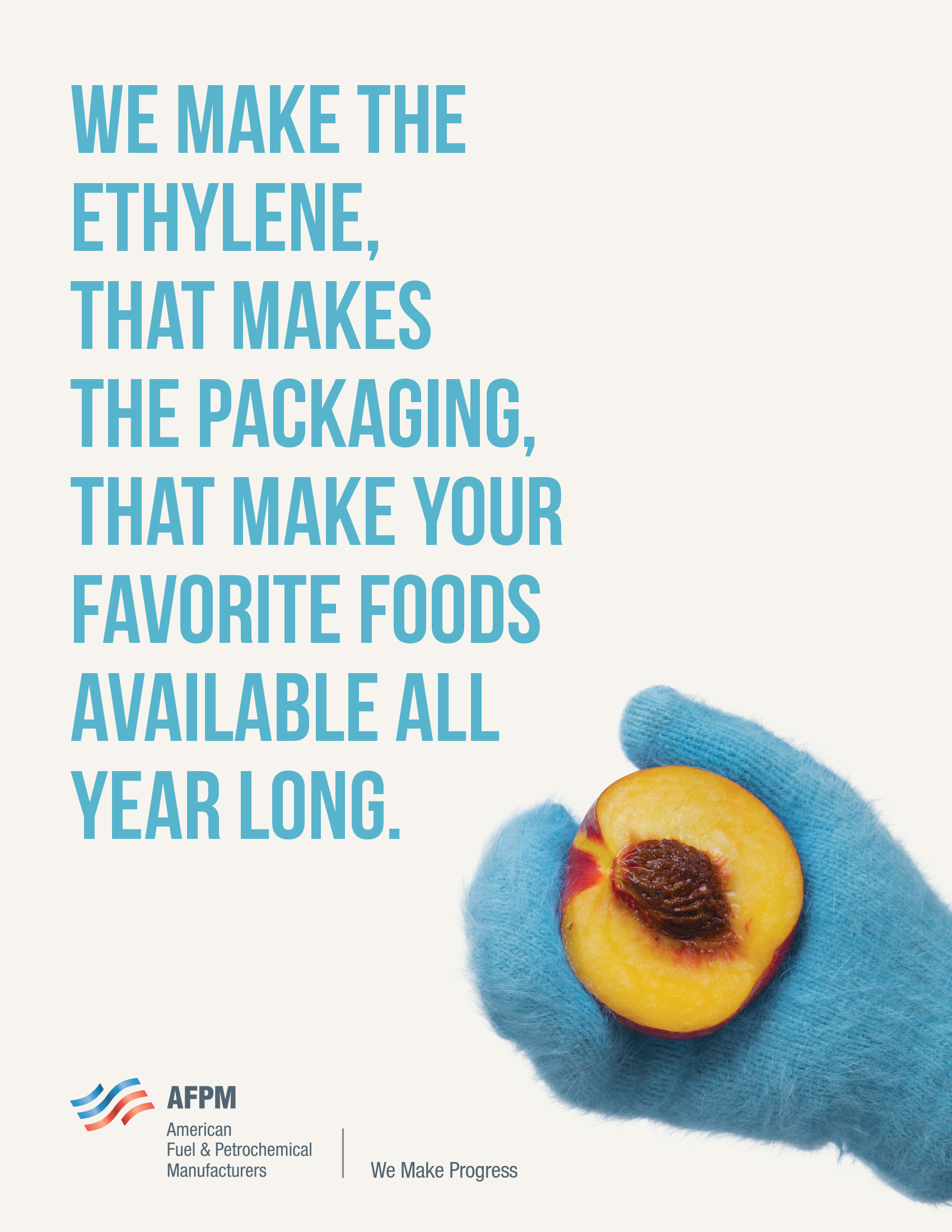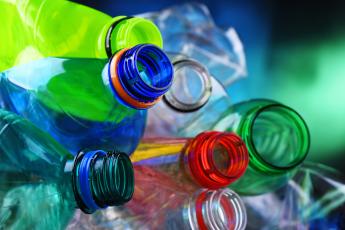What helps prevent contamination as food is transported from farms to stores to our dinner tables? What helps keep produce fresher for longer as it travels from rural fields to urban centers? And what is helping households, cafeterias and food pantries reduce food waste to ensure that there is healthy food available to those who need it?
Plastic grocery bags, milk jugs, food wrappers and containers all depend on ethylene, one of the primary building blocks of plastics that has revolutionized the food industry over the past several decades, and is now relied upon each day to protect and transport food, enabling populations around the world to stay nourished and well-fed.
Not only does ethylene’s role in modern food packaging extend the shelf-life of food and increase overall safety, it also improves access to food for those in need. With over 1.3 billion tons of food lost or wasted globally each year, food security remains a serious issue in many nations — and is only amplified by the rising number of conflicts across the globe. Plastic food packaging is playing a critical role in getting food safely and efficiently to underdeveloped or war-torn countries, and it will continue helping us make progress in the fight against hunger for years to come.
As the most widely used petrochemical by volume in the world, ethylene’s applications are by no means limited to food packaging. Ethylene itself is a naturally occurring gas — given off by fruit as it ripens — and it is a building block for producing indispensable, higher-value-added chemicals. Most of the global ethylene supply that American petrochemical manufacturers manage goes to making polyethylene, the most common plastic in the world, which is used to make a wide range of products, from the coating on wires, to large water pipes, to the most advanced military helmets used in combat.
Ethylene is also instrumental in the production of polyvinyl chloride (PVC). PVC is used in construction everywhere — as insulation on electrical wires, in pipes for plumbing and in the siding on our homes. The smooth, durable surface of PVC flooring prevents dust and dirt from building up and stops microbes from breeding. As a result, it lays the foundation for flooring in environments that must be kept sterile — helping to reduce disease and infection in buildings such as hospitals, schools and clinics.
Other derivatives include ethylene glycol, which plays a key role in the antifreeze that keeps our airplanes up and moving throughout the winter, as well as ethylene oxide, which is used as a sterilant that keep patients safe in hospitals around the world. Styrene, another product made from ethylene, helps ensure that our cars are light-weight and homes are energy-efficient — appearing in many car parts as part of the engineering polymer ABS, and in the foam insulation that keeps our houses at a comfortable temperature.
While ethylene plays a key role in protecting and improving our food supply, its impacts extend to thousands of products we rely on each day. Given its multitude of uses and applications, there’s no wonder that ethylene is considered one of the world’s most important chemicals — it has enabled immense progress to date, and its benefits will only continue to evolve in years to come. And AFPM’s members are proud to be a part of it.



